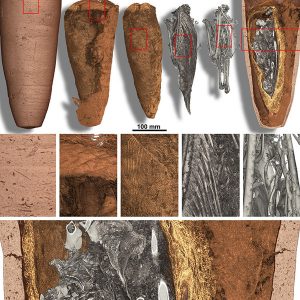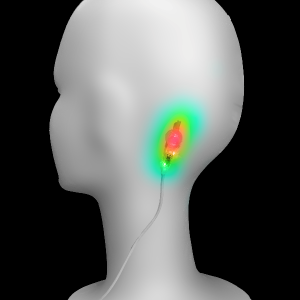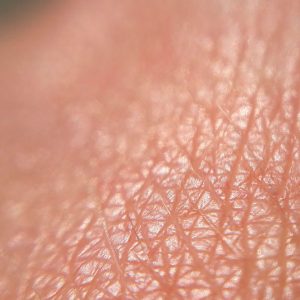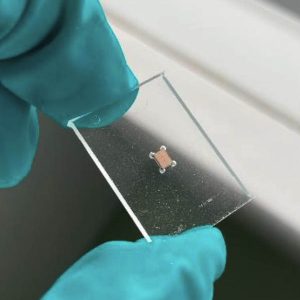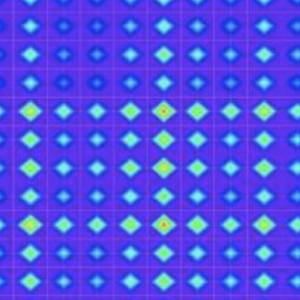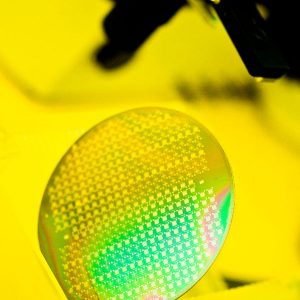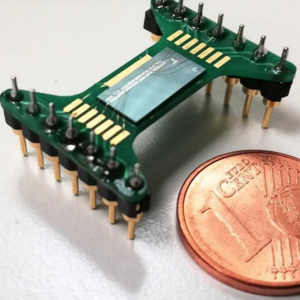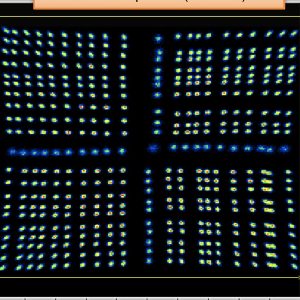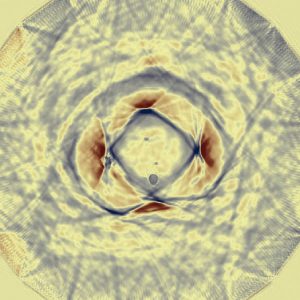Microtomography is an X-ray imaging technique based on the same principle as the medical scanner. By using synchrotron radiation instead of a conventional X-ray source, it can be used to capture volumetric scans at much higher resolution and quality. This technology is able to provide three dimensional (3D) images to visualise the internal structures of...
This website uses cookies so that we can provide you with the best user experience possible. Cookie information is stored in your browser and performs functions such as recognising you when you return to our website and helping our team to understand which sections of the website you find most interesting and useful.

